Among the priorities of the 2024 Hungarian EU Presidency is the protection of cultural heritage. What exactly is this about?
The EU Cultural Heritage Initiative was launched in 2021. The initiative is about the European Union taking a more proactive and new approach to crisis situations in its immediate environment, and actively working to prevent conflict and promote reconciliation through support for regional cultural heritage. This is not a cultural or museum project, but a new approach, long supported by our country.
It means taking active action through the delivery of on the ground assistance by actively supporting cultural institutions that are of crucial importance to people living in these crisis or potential crisis areas.
The cultural heritage initiative takes into account the fact that several ethnic and religious communities live together in the Middle East and Africa. An effective way to promote peaceful coexistence between different ethnic and religious communities and to prevent conflicts is to support cultural institutions that are important to these communities. These institutions (schools, hospitals, etc.) are essential for them and are in many cases run by churches or faith-based humanitarian organizations. The initiative represents a complex new approach that considers the safeguarding of both tangible and intangible heritage important.
The objectives of the initiative reflect the approach of the Hungary Helps agency. The implemented programs and field experiences of Hungary Helps show that cultural heritage protection is a multi-disciplinary endeavor. Beyond helping persecuted Christians, it has important links to the development policy potential of a given region or municipality, but the impact of its programs extends from climate change to alleviating migratory pressures on the EU. Agencies from other countries and some NGOs are also out in the field trying to help in conflict or crisis zones.
The initiative is new and we have been actively involved in shaping it over the past three years. The first formal step was taken by the European Union's External Action Service (EEAS), which issued a Concept Note in 2021. Several of our ideas and justifications were included in the text. These were then adopted in 2021 in a political document, the so-called Council conclusions, with the consensus of member states.
We considered it important to take it up a level during the Hungarian Presidency, so we made the issue a specific priority in the Hungarian Presidency program. The practical aim of this would be to make EU decision-makers and the EU institutions aware of the positive benefits of the new approach.
We also want to make EU funding available for projects implemented by member states' development agencies and NGOs.






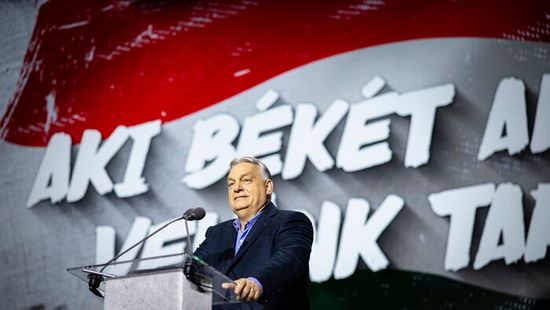






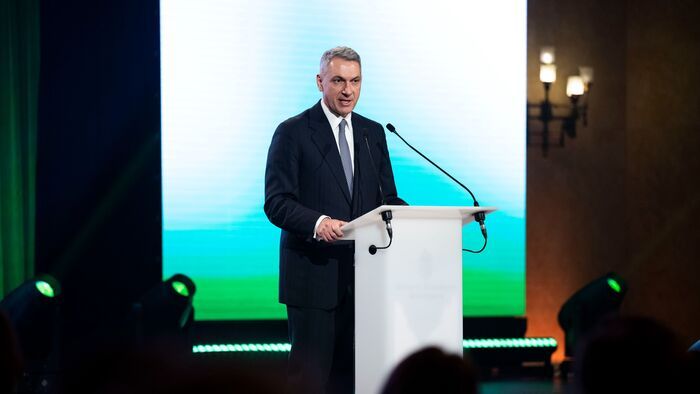


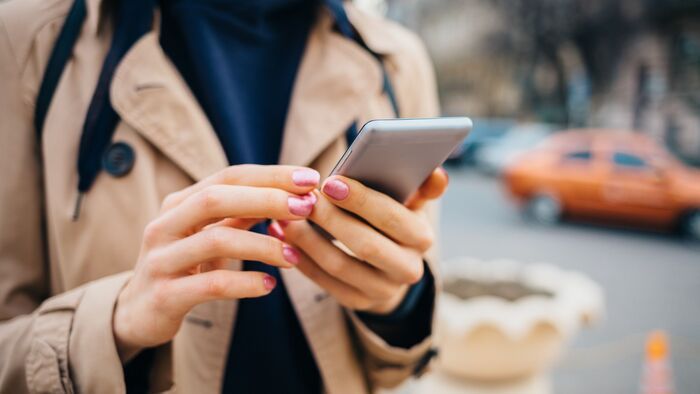
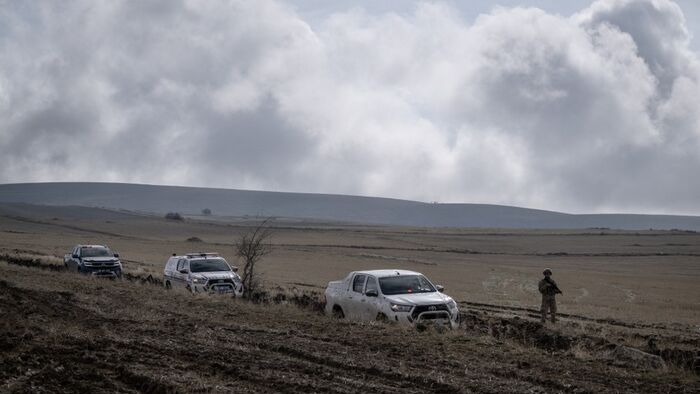





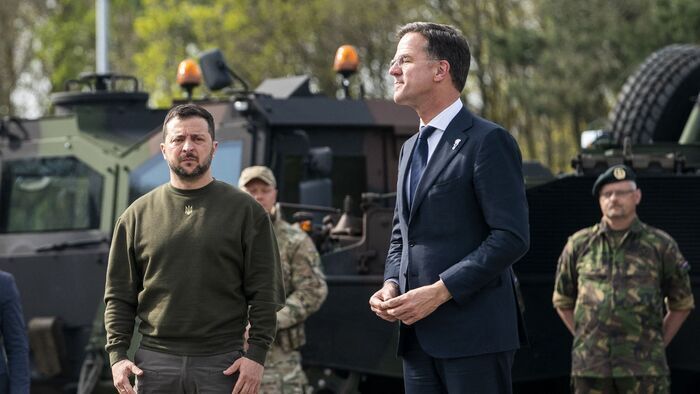

Szóljon hozzá!
Jelenleg csak a hozzászólások egy kis részét látja. Hozzászóláshoz és a további kommentek megtekintéséhez lépjen be, vagy regisztráljon!